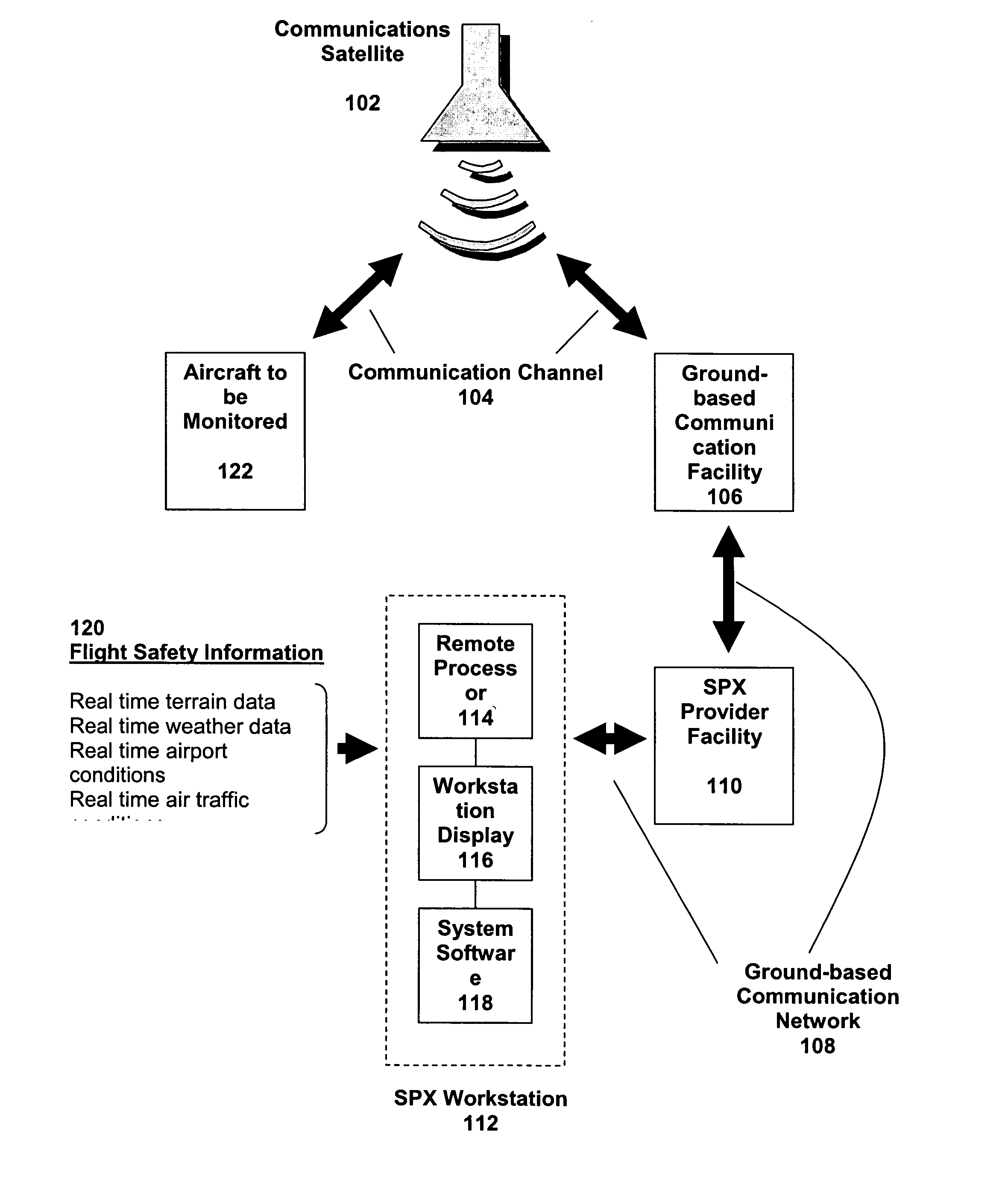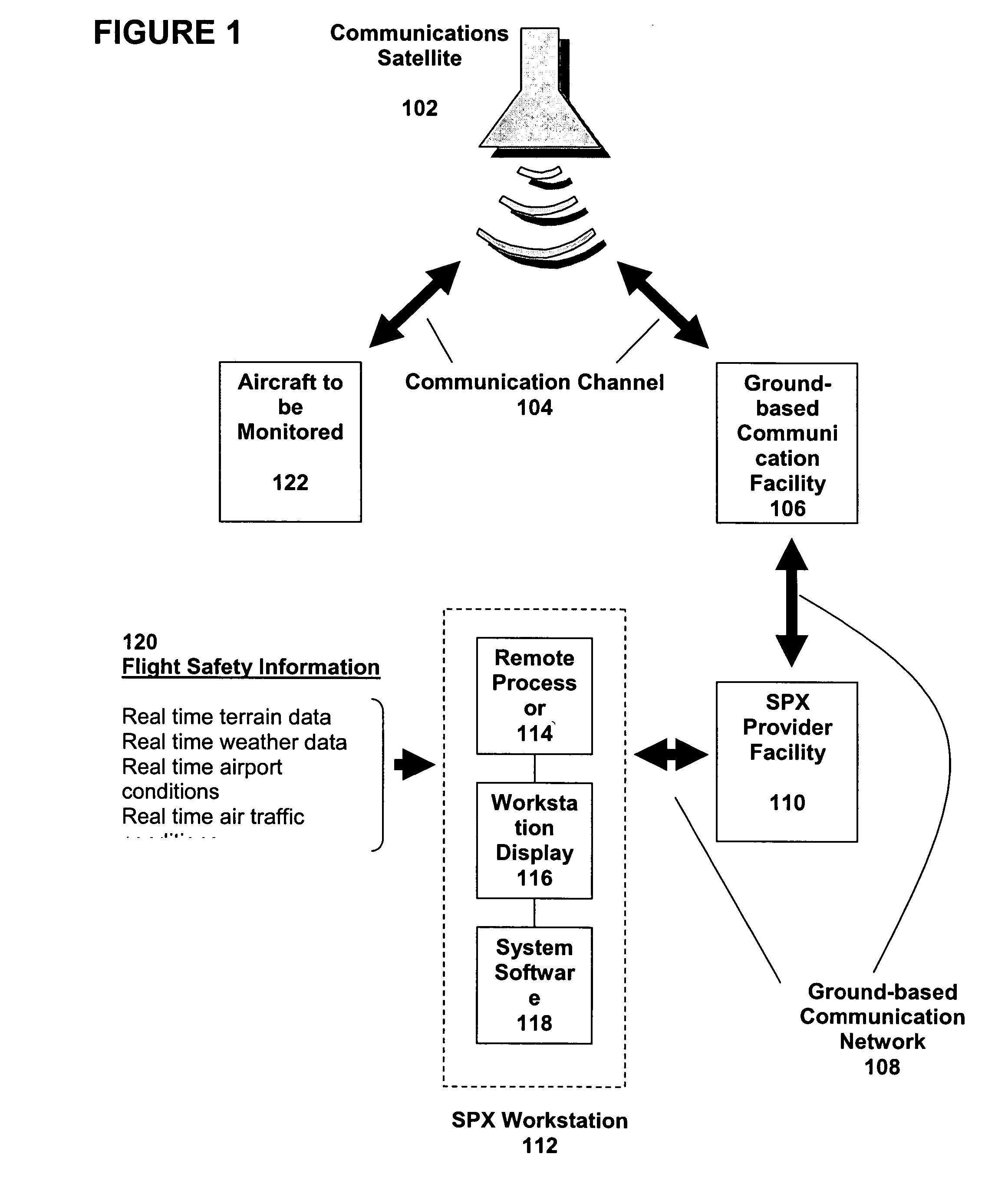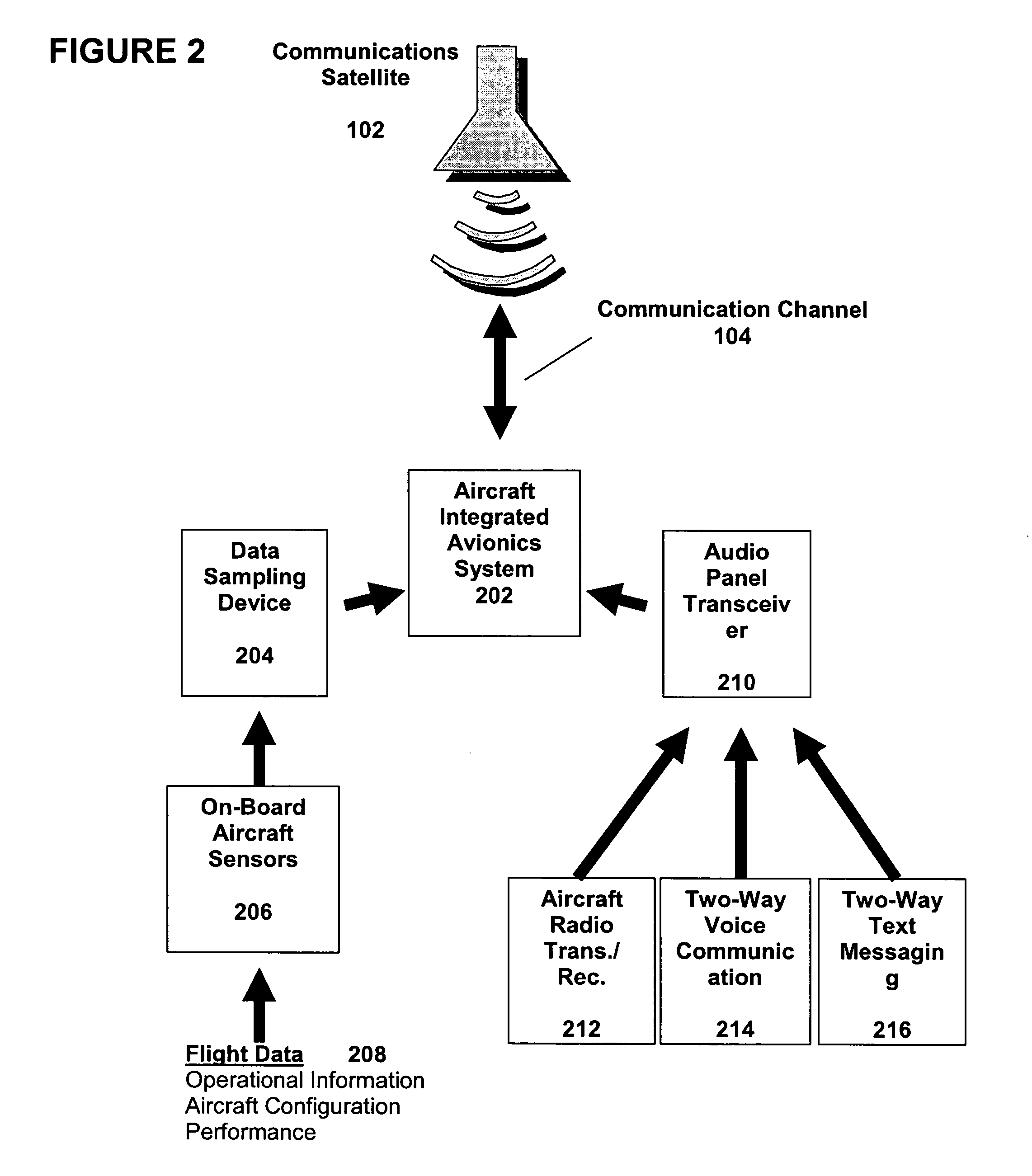System and process for providing improved aircraft operational safety
a technology of aircraft and process, applied in the direction of process and machine control, vehicle position/course/altitude control, instruments, etc., can solve the problems of pilot decision making errors, loss of control, omission of necessary actions, etc., to improve the operational safety of aircraft, enhance flight safety, and reduce the workload of primary pilots
- Summary
- Abstract
- Description
- Claims
- Application Information
AI Technical Summary
Benefits of technology
Problems solved by technology
Method used
Image
Examples
Embodiment Construction
[0018]FIG. 1 shows a appropriately trained individual (including but not limited to a safety pilot or other person trained in safety procedures) System (SPX) that utilizes a unique combination of existing technologies to provide, in a practical manner, all the benefits of a second pilot, and / or a third pilot monitor, without the need for a pilot to be physically present in the aircraft. This system / process is designed to provide critical flight path monitoring, experienced advice, pilot interaction, flight planning, and additional safety information during the crucial phases of flight (e.g., take-off and landing). These functions can be accomplished by tapping into the shared data stream of an integrated avionics suite 202 in the aircraft 122, and communicating to a ground-based computer workstation (SPX workstation) 112 specific flight-critical data 208 and voice and / or text 214 over a communication channel 104 utilizing a communications satellite 102, a ground-based communication ...
PUM
 Login to View More
Login to View More Abstract
Description
Claims
Application Information
 Login to View More
Login to View More - R&D
- Intellectual Property
- Life Sciences
- Materials
- Tech Scout
- Unparalleled Data Quality
- Higher Quality Content
- 60% Fewer Hallucinations
Browse by: Latest US Patents, China's latest patents, Technical Efficacy Thesaurus, Application Domain, Technology Topic, Popular Technical Reports.
© 2025 PatSnap. All rights reserved.Legal|Privacy policy|Modern Slavery Act Transparency Statement|Sitemap|About US| Contact US: help@patsnap.com



